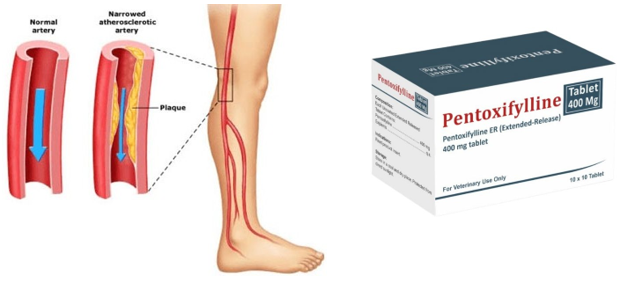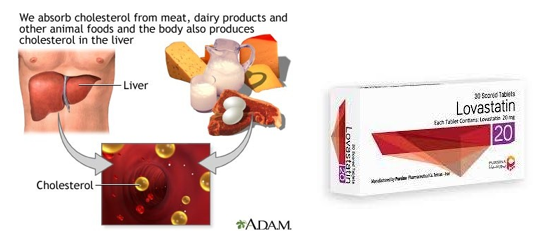The nurse assesses a client with intermittent claudication who is receiving pentoxifylline. Which assessment should the nurse perform to determine the effectiveness of the medication?
Evaluate the level of consciousness.
Auscultate bowel sounds.
Measure hourly urinary output.
Monitor numeric pain scale.
The Correct Answer is D
Intermittent claudication is a condition in which there is pain in the legs due to reduced blood flow. Pentoxifylline is a medication that can improve blood flow by reducing the viscosity of the blood. Therefore, to determine the effectiveness of the medication in managing intermittent claudication, the nurse should monitor the client's pain level using a numeric pain scale. This will help to assess if the medication provides pain relief and improving the client's ability to walk without discomfort.
Options a, b, and c are not relevant to the assessment of the effectiveness of pentoxifylline in managing intermittent claudication.

Nursing Test Bank
Naxlex Comprehensive Predictor Exams
Related Questions
Correct Answer is A
Explanation
The client’s symptoms of being short of breath and difficult to arouse may indicate an overdose of morphine. The nurse should immediately remove the patches to prevent further absorption of the drug. After removing the patches, the nurse should continue to assess the client’s condition and take further actions as needed, such as administering a narcotic reversal drug or providing oxygen.


Correct Answer is B
Explanation
Lovastatin is an antilipemic medication used to lower cholesterol levels in the blood1. It is important for clients taking lovastatin to avoid drinking alcohol as it can increase the risk of liver problems. If the client remarks that they will avoid taking alcoholic beverages while taking this medication, it indicates that they understand the drug’s treatment protocol.

Whether you are a student looking to ace your exams or a practicing nurse seeking to enhance your expertise , our nursing education contents will empower you with the confidence and competence to make a difference in the lives of patients and become a respected leader in the healthcare field.
Visit Naxlex, invest in your future and unlock endless possibilities with our unparalleled nursing education contents today
Report Wrong Answer on the Current Question
Do you disagree with the answer? If yes, what is your expected answer? Explain.
Kindly be descriptive with the issue you are facing.
